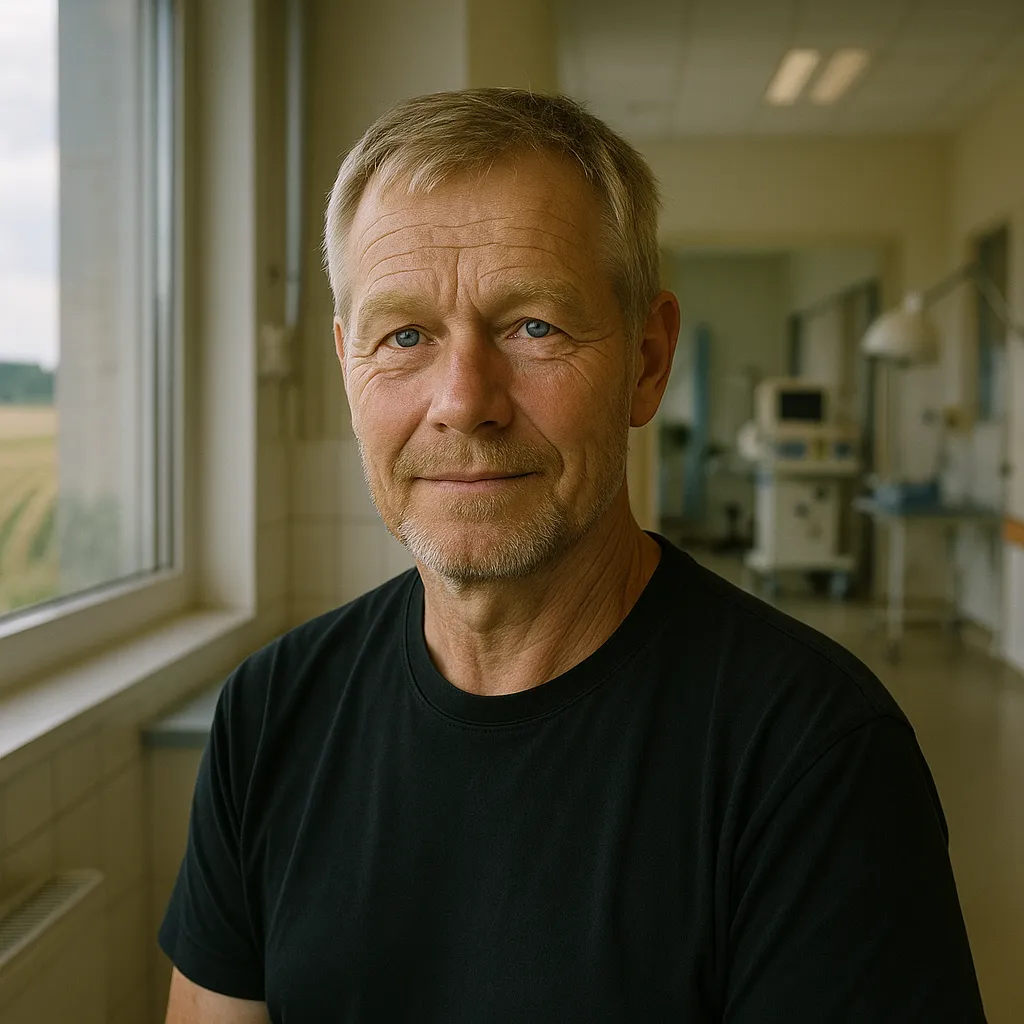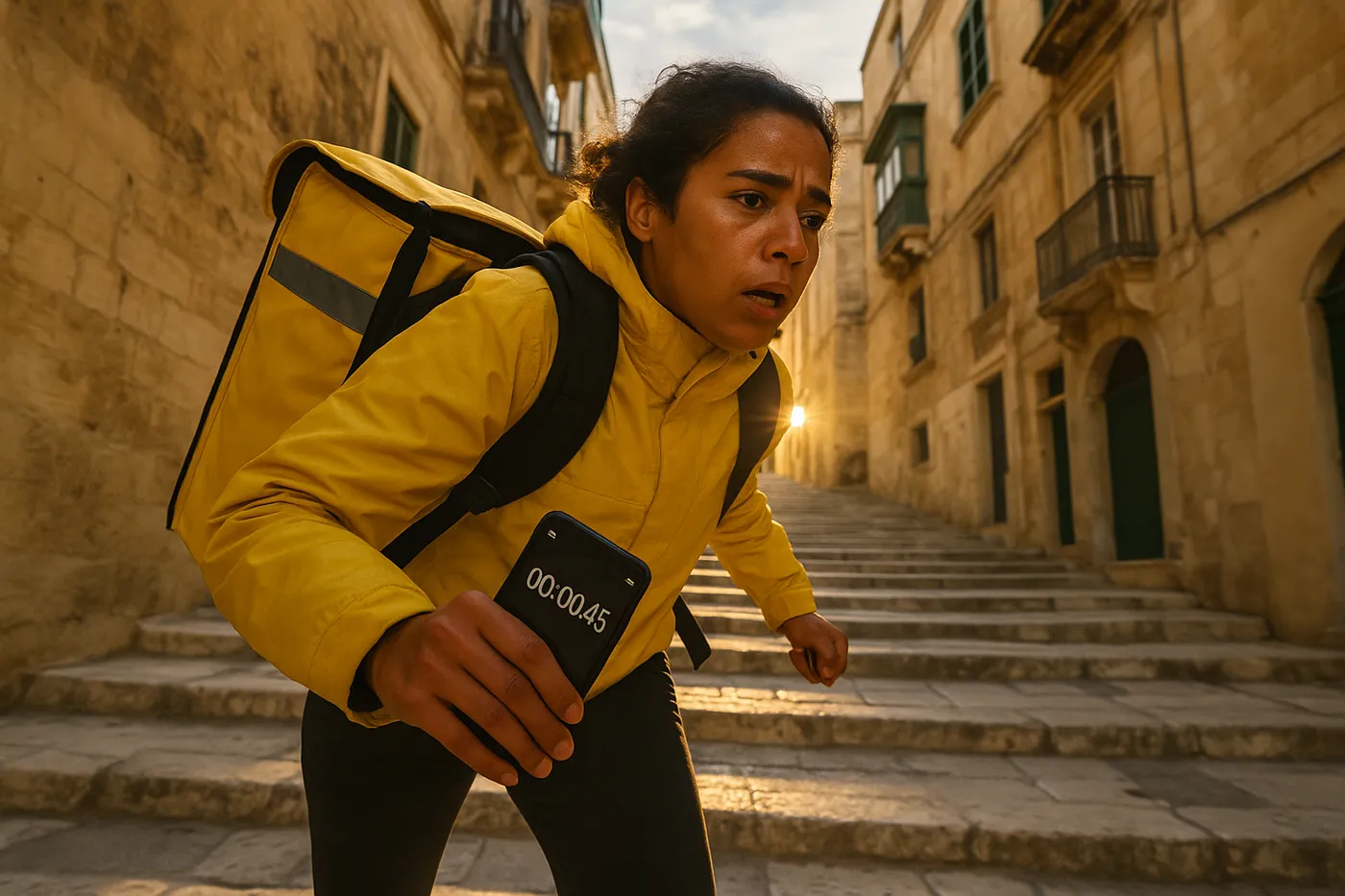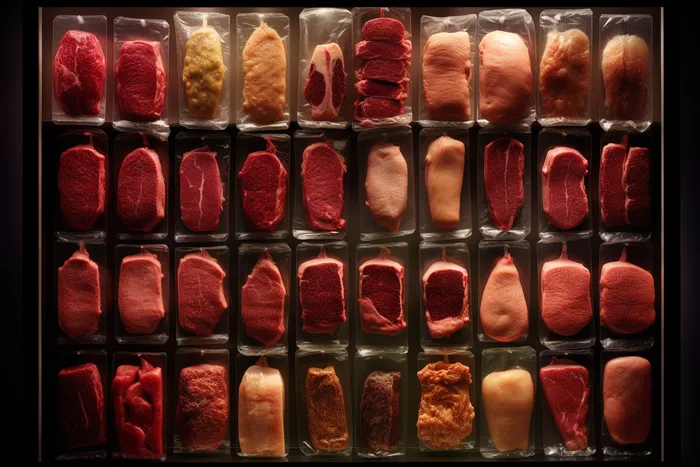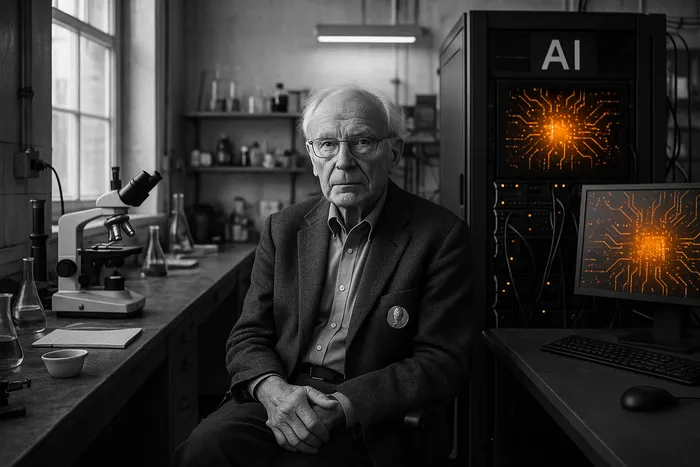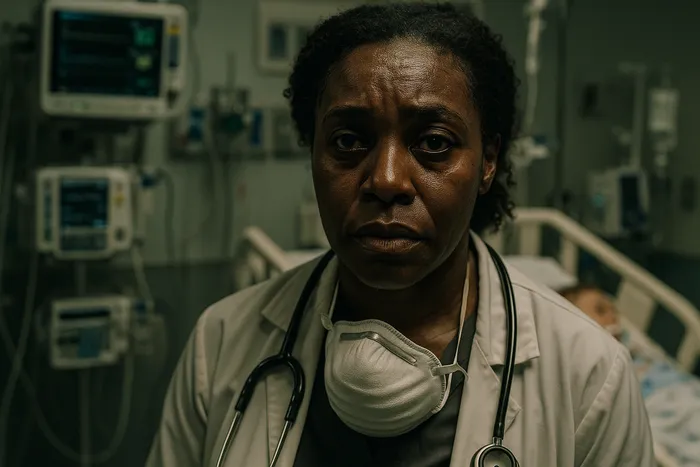Pig to Human: The New Organ Pipeline
The sterile corridors of Revivicor's facility in Virginia echo with an unusual sound - the gentle grunting of pigs whose genes have been rewritten to save human lives. In 2024, as xenotransplantation moved from experimental procedure to clinical reality, the boundary between agricultural production and medical miracle dissolved into a complex ethical landscape that photographer Marcus Johannsen spent eighteen months documenting.
"I grew up believing pigs were food," Johannsen reflects, standing in a biosecure facility where genetically modified pigs live in conditions more sterile than most hospitals. "Now I watch them become something else entirely - living organ factories, medical miracles, and ethical dilemmas wrapped in pink skin."
The numbers tell a stark story: over 100,000 Americans await organ transplants, with 17 dying daily from the shortage. Xenotransplantation - using animal organs in humans - promises salvation through genetic engineering. By modifying pig DNA to remove proteins that trigger human immune rejection, scientists have created a new category of livestock: medical-grade animals bred specifically to extend human life.
Johannsen's access came through his agricultural connections, pig farmers who now supply biotech companies with breeding stock. His series traces the complete pipeline from conception to transplantation, revealing an infrastructure that transforms barnyard animals into sophisticated medical devices. The photographer's agricultural eye captures details medical documentarians might miss - the way handlers gentle these million-dollar pigs, the clinical precision applied to traditional farming practices, the strange domesticity of animals destined for operating rooms rather than dinner tables.
The ethical complexity surfaces in quiet moments: a technician naming a pig she'll later help harvest for organs, a surgeon pausing before the first incision, a transplant recipient meeting footage of their donor animal. These images force viewers to confront uncomfortable questions about the value of life across species boundaries. When a pig kidney can save a human life, what moral calculations justify the sacrifice?
"The most profound moment came in the operating room," Johannsen recalls, "watching a pig kidney pink up with human blood, beginning to produce urine within minutes. It was simultaneously a triumph of science and a crossing of boundaries that nature never intended."
His documentation extends beyond the medical miracle to examine the industrial infrastructure supporting xenotransplantation. Biosecure facilities operate like pharmaceutical plants, with airlocks, sterile feed, and constant monitoring. Pigs receive better medical care than many humans, their health paramount to transplant success. The irony isn't lost on Johannsen - these animals live pampered lives precisely because they must die.
The series crescendos with successful transplantations, following patients from pre-operative desperation through surgical intervention to recovery. Yet Johannsen refuses simple triumph narratives. His lens captures the grief of surgical teams who form bonds with donor animals, the complex emotions of patients saved by pig organs, the ongoing ethical debates within medical communities. The work asks whether crossing the species barrier represents medical progress or a fundamental violation of natural order.
As xenotransplantation advances from experiment to standard practice, Johannsen's documentation becomes historical record of medicine's newest frontier. His agricultural perspective reveals xenotransplantation not as isolated medical breakthrough but as the latest chapter in humanity's long relationship with pigs - from domestication through industrialization to genetic modification. The series suggests that how we value and use other species ultimately reflects how we value ourselves.
Image Captions
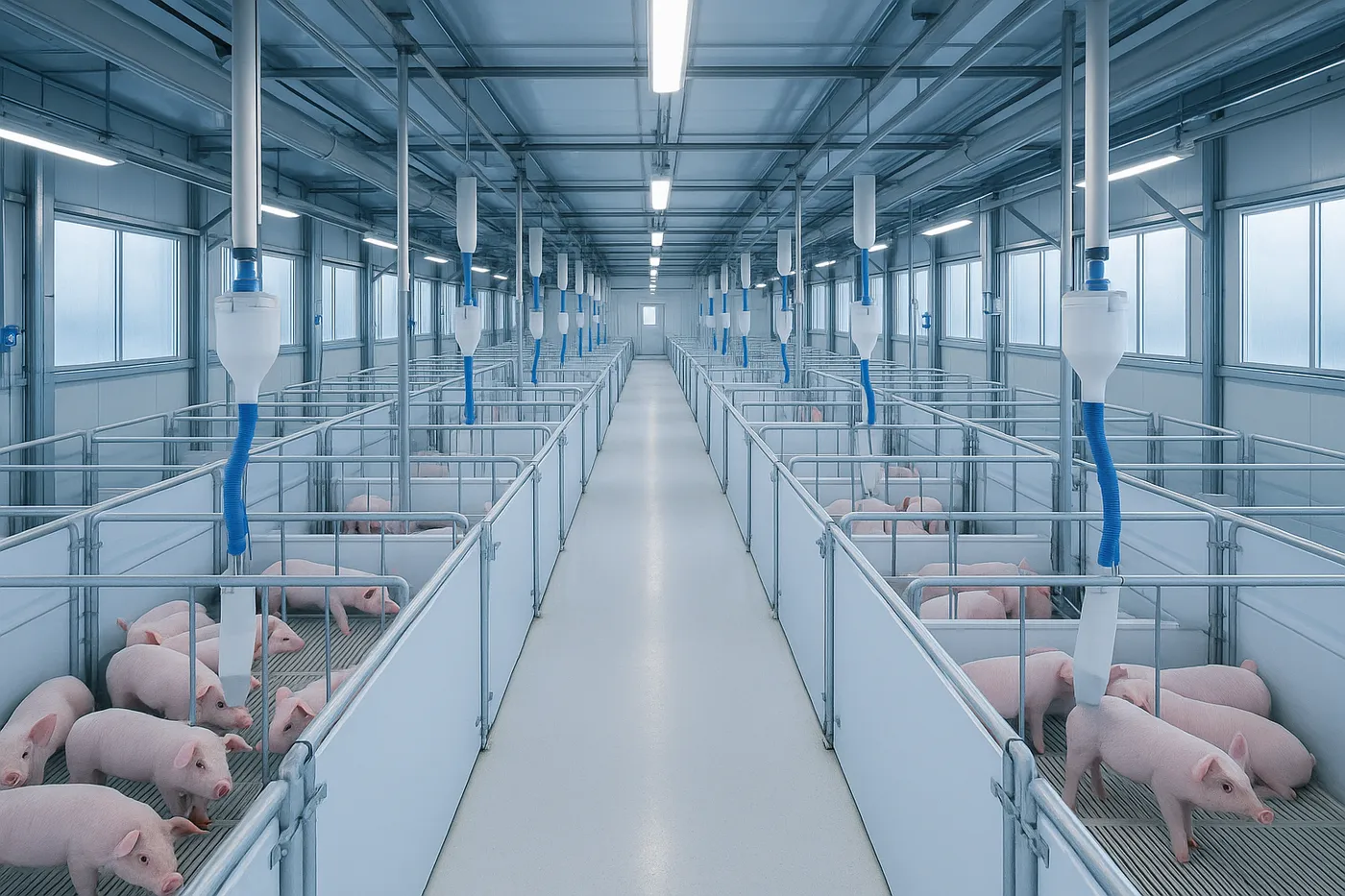
Photo 1: Genesis
Biosecure breeding facility, Revivicor, Virginia, USA. March 2024. Genetically modified piglets destined for organ donation are born in sterile conditions exceeding most human hospitals. Each animal represents a $1.5 million investment in genetic engineering, bred specifically with human-compatible organs. The industrial scale of the facility processes hundreds of potential donor animals annually, transforming traditional agriculture into high-tech medical production.
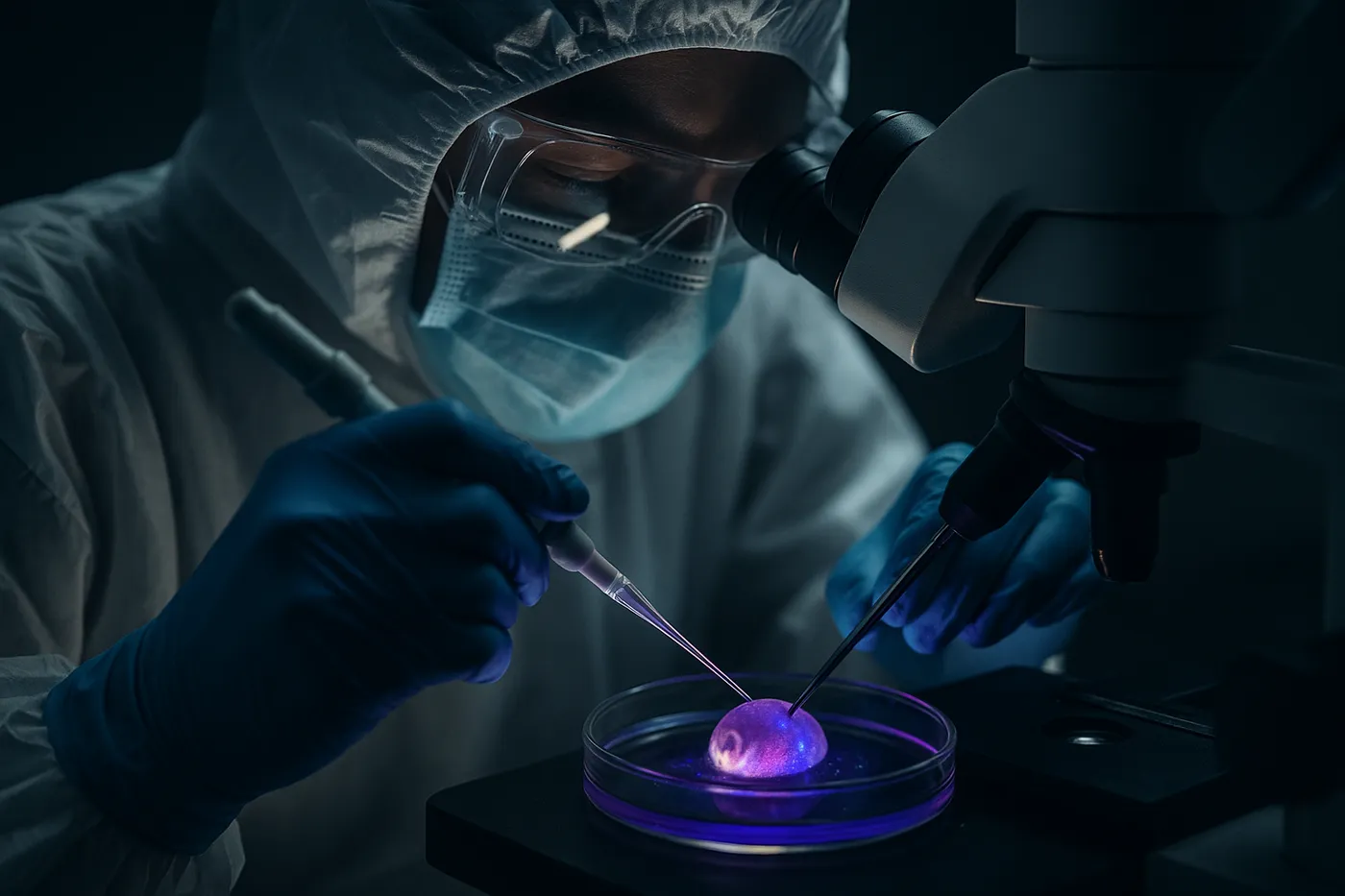
Photo 2: Genetic Engineering
Gene editing laboratory, University of Alabama Birmingham, USA. April 2024. Dr. Sarah Chen modifies pig embryo DNA using CRISPR technology to remove alpha-gal and other proteins that trigger human immune rejection. Each genetic modification brings pig organs closer to human compatibility, representing decades of research condensed into precise molecular interventions. The laboratory processes create designer animals whose organs can function seamlessly in human bodies.
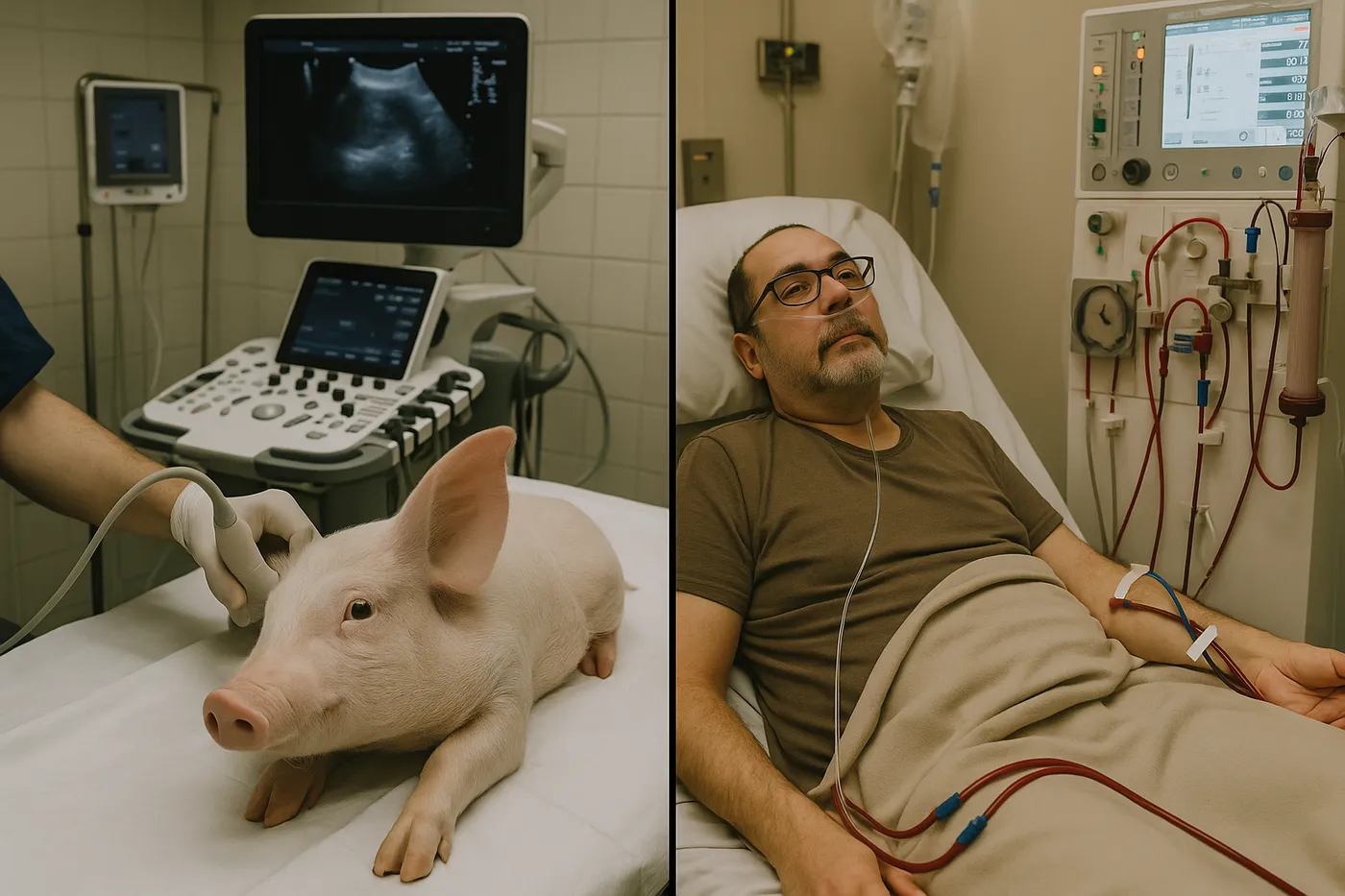
Photo 3: Two Patients
Parallel care facility, Maryland, USA. June 2024. A genetically modified pig receives ultrasound examination while transplant candidate Robert Martinez undergoes dialysis in the adjacent building. Both patients - one human, one porcine - receive intensive medical monitoring as they prepare for the organ transfer that will save Martinez's life at the cost of the pig's. The image captures the strange symmetry of cross-species medicine where animal welfare ensures human survival.
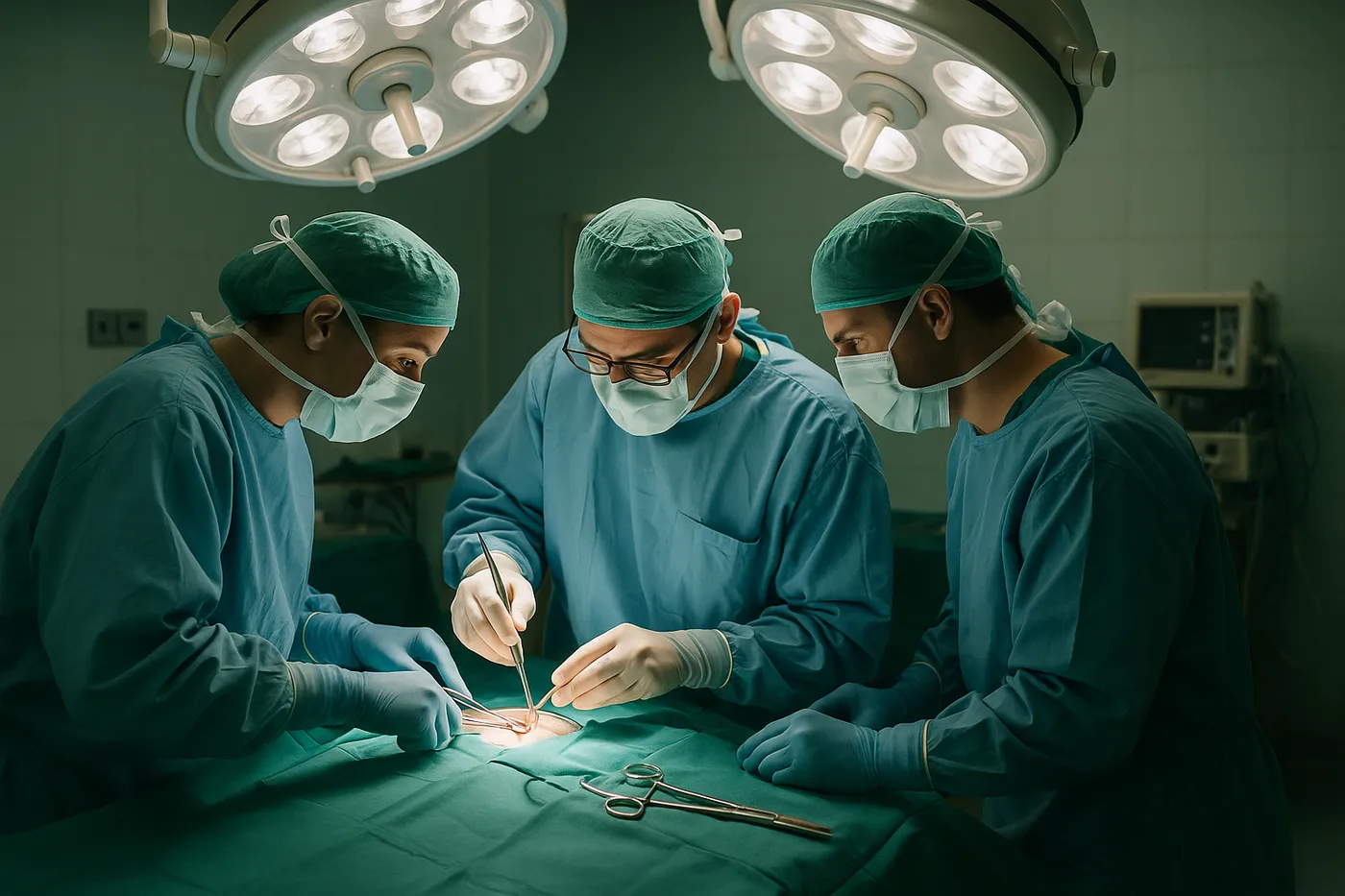
Photo 4: Harvest Hour
Operating room, NYU Langone Health, New York, USA. July 2024. Surgical team performs organ retrieval from GalSafe pig #47, whose kidneys will save two human lives within hours. The procedure follows human organ donation protocols, with moment of silence honoring the animal's sacrifice. The clinical precision cannot mask the ethical weight of taking life to preserve life, a calculation made visible in sterile surgical light.
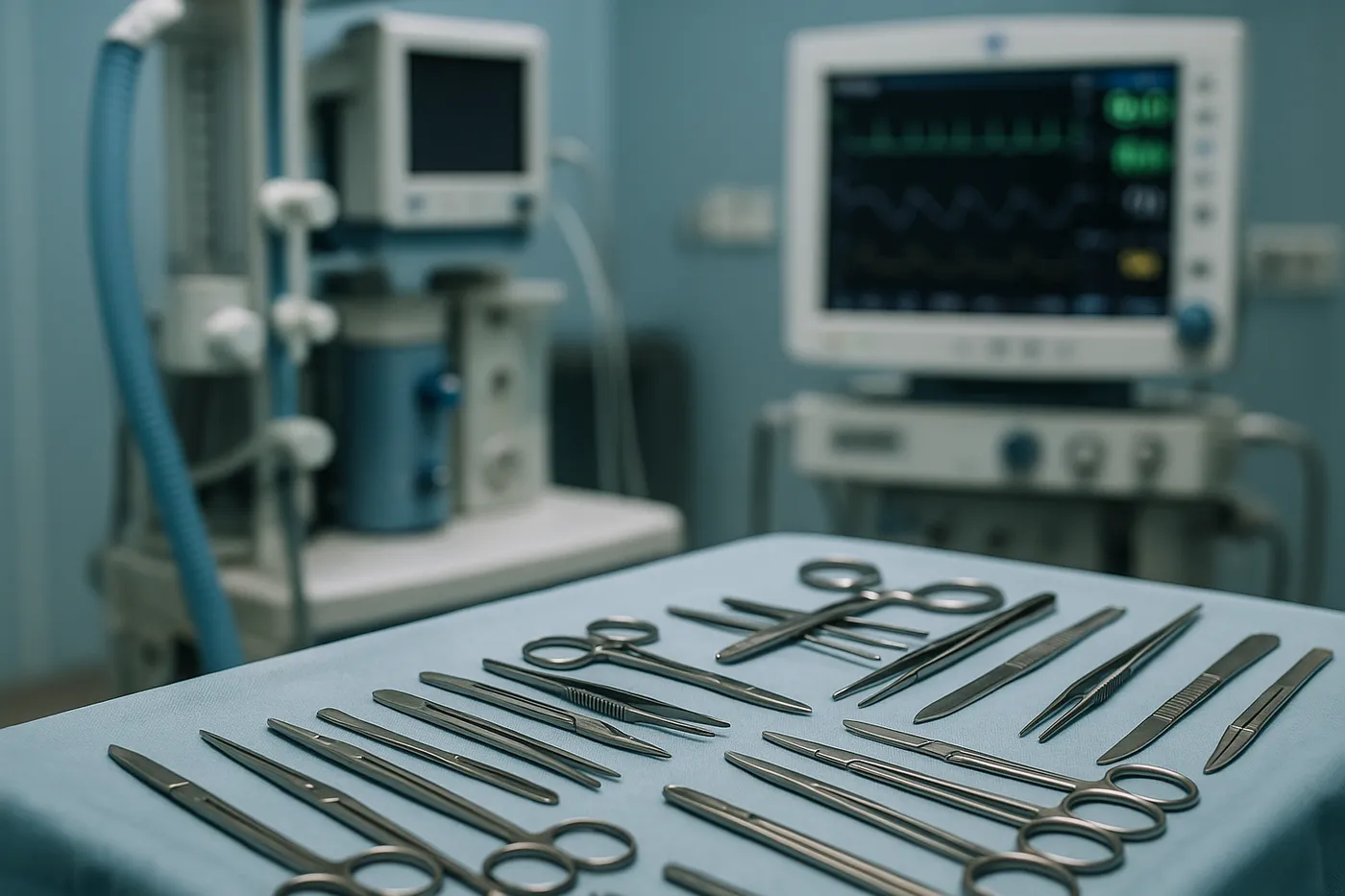
Photo 5: Cross-Species Surgery
Transplant surgery, Massachusetts General Hospital, Boston, USA. August 2024. The moment a pig kidney is connected to human blood vessels, crossing the species barrier in pursuit of life. Dr. Michael Thompson's hands guide the organ that will filter human blood, produce human urine, and extend human life through porcine sacrifice. The pink organ flushing with red blood represents both medical triumph and ethical frontier.
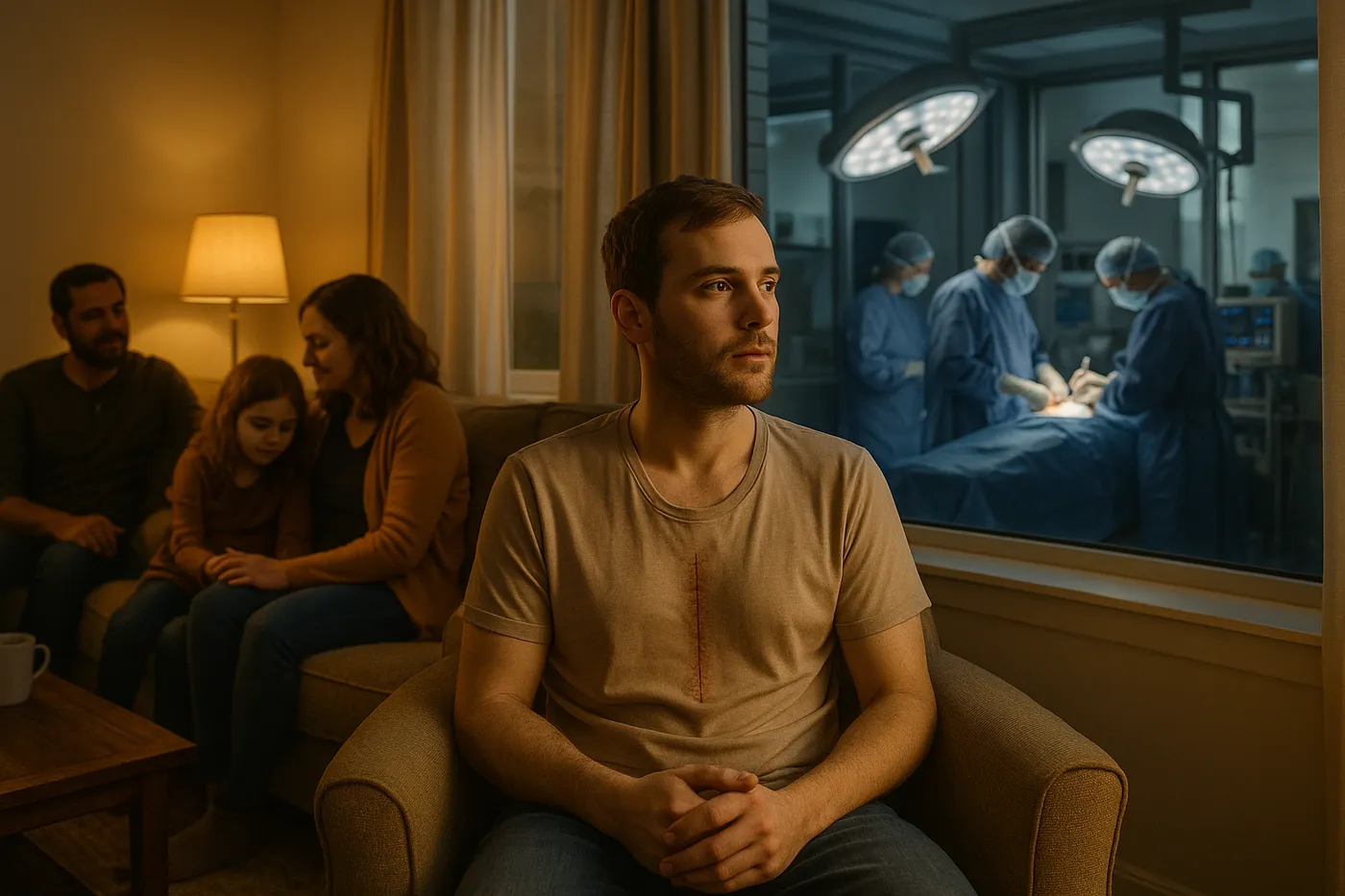
Photo 6: Recovery Parallel
Split scene, Virginia and Boston, USA. October 2024. Transplant recipient Maria Gonzalez recovers at home with her grandchildren while Revivicor facility continues breeding next generation of donor pigs. Life continues in parallel worlds - human families reunited through animal sacrifice, pigs born into medical destiny. The cycle of cross-species salvation continues, each successful transplant encouraging expanded production.

Photo 7: Ethical Reflection
Photo 7: Ethical Reflection Surgical break room, NYU Langone Health, New York, USA. November 2024. Transplant team processes the emotional complexity of xenotransplantation after successful surgery. Dr. Jennifer Walsh, who performed the organ retrieval, contemplates the strange intimacy of taking life to give life. These quiet moments reveal the psychological toll of crossing species boundaries, where medical triumph cannot fully suppress moral uncertainty.
Image Prompts

Photo 1: Genesis
Photo 1: Genesis Wide angle view of ultra-modern sterile pig breeding facility with rows of climate-controlled pens containing genetically modified piglets under bright clinical lighting, shot on Canon EOS 5D Mark IV with 24mm f/11 lens, industrial agricultural architecture meets medical facility design, steel and glass structures with biosecurity features visible, pink piglets in pristine white environments, documentary style emphasizing scale and sterility, cool blue-white lighting with subtle pink tones from animals, award-winning photojournalism, World Press Photo winning style

Photo 2: Genetic Engineering
Photo 2: Genetic Engineering Scientist in full protective gear using micropipette to inject CRISPR modifications into pig embryo under powerful microscope, shot on Canon EOS 5D Mark IV with 100mm macro lens, extreme close-up of delicate genetic manipulation process, purple and blue fluorescent markers visible in petri dish, hands steady with precision tools, laboratory lighting creating dramatic shadows, scientific photography meets photojournalism, National Geographic quality, World Press Photo award winning photo series

Photo 3: Two Patients
Photo 3: Two Patients Split composition showing genetically modified pig receiving medical ultrasound examination on left side and human dialysis patient connected to machines on right side, shot on Canon EOS 5D Mark IV with 35mm f/4 lens, parallel medical care environments divided by subtle vertical line, both subjects surrounded by medical equipment, similar lighting conditions emphasizing connection between species, documentary photography showing medical equality between donor and recipient, World Press Photo winning photojournalism

Photo 4: Harvest Hour
Photo 4: Harvest Hour Surgical team in full sterile gear performing organ retrieval from anesthetized pig in modern operating room, shot on Canon EOS 5D Mark IV with 35mm f/8 lens ensuring sharp focus throughout, overhead surgical lights creating dramatic pools of brightness, green surgical drapes contrasting with pink tissue, hands working with precision instruments, somber documentary style capturing medical procedure with dignity, professional medical photography, World Press Photo award winning photo series

Photo 5: Cross-Species Surgery
Photo 5: Cross-Species Surgery Critical moment of pig kidney being sutured into human patient's body, surgeon's gloved hands connecting blood vessels with microscopic precision, shot on Canon EOS 5D Mark IV with 85mm f/5.6 lens, bright surgical lights illuminating the pink organ against red human blood, blue surgical drapes framing the procedure, intense focus on the connection point between species, medical documentary photography at highest level, award-winning photojournalism, World Press Photo winning style

Photo 6: Recovery Parallel
Photo 6: Recovery Parallel Environmental portrait combining two scenes - transplant recipient sitting in sunny living room with family on left, continuing operations at pig facility visible through window composition on right, shot on Canon EOS 5D Mark IV with 35mm f/5.6 lens, warm domestic lighting contrasting with cool industrial facility, life continuing in both worlds, thoughtful composition showing ongoing cycle of sacrifice and salvation, documentary photography with symbolic depth, World Press Photo award winning photo series

Photo 7: Ethical Reflection
Transplant surgeon sitting alone in hospital break room after successful xenotransplantation surgery, still in scrubs, hands clasped in contemplative pose near window with soft afternoon light, shot on Canon EOS 5D Mark IV with 85mm f/1.4 lens, shallow depth of field isolating subject in moment of moral reflection, muted hospital colors with warm window light on face, quiet documentary moment capturing internal conflict, professional photojournalism, World Press Photo winning style
Photographer Portrait
Professional portrait of middle-aged Scandinavian man with weathered features and kind blue eyes, short graying blonde hair, wearing simple black shirt, environmental portrait in medical facility with subtle agricultural elements visible in background, shot in natural window light with Hasselblad camera, professional portrait style, documentary photographer aesthetic, warm but serious expression suggesting someone who bridges two worlds

